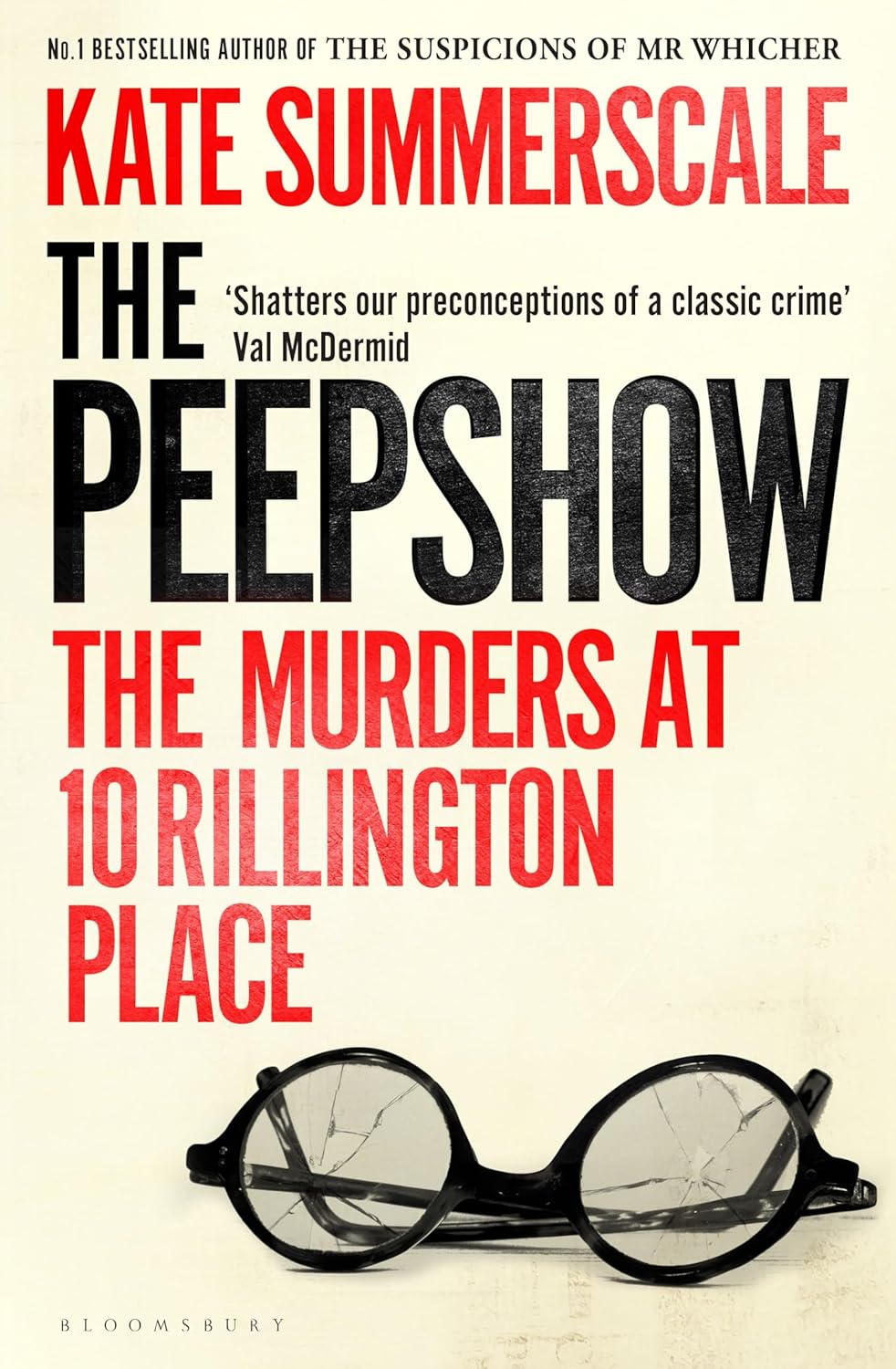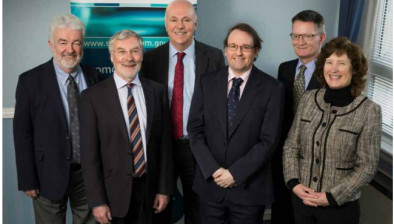Review: A compelling new account of the Rillington Place murders

The purportedly whole story of the grim events at 10 Rillington Place, London has been offered to the public in different forms over the years but what version is complete, and separately, an accurate one?
It is not difficult to see why the appalling events there draw in new commentators with each generation. Some may have thought they had they the meaningful insights supporting the truth. Others offer a view which has more to do with, for example, the abolition of capital punishment.
The politics of the criminal justice system and the extent to which politicians and the tabloid press lived off these criminal trials has yet to be explained fully for public scrutiny.
Kate Summerscale has no illusions about either the national politics or the tabloid press behind events then. Her study of the murders at 10 Rillington Place emphasises various related points.
First, this was, or was about to become, the golden age of tabloids, and the narrative shows how crime reporters, and one in particular, appeared to be driving forward events for their own purposes.
Secondly, Christie was what would now be termed a veteran. He had been seriously injured in war (physically and with psychosomatic symptoms), and his was probably a fragile mental condition.
Finally, the extent of the actual or imputed public knowledge of extreme crime now is of a different level and intensity from 70 years ago.
With each shocking revelation in the last 70 years, analysed in television documentaries for example, the public become more aware and case-hardened.
Even allowing for that era of forensic innocence, the few crime reporters who had attended the earlier trial of Timothy Evans for the murder of his wife and their child had considered it “dull, sordid, unglamorous, dreary”.
The real shock is the thought that Evans and Christie may not have acted independently of each other, although the probability of that initial idea being correct must surely have been in doubt.
Everything falls into a category of some sort: the trial of Christie was in essence an examination of facts bearing on his sanity at the relevant time.
The trial was, as the author says, “a kind of inverted murder story, in which the killer was known but his motive and method were mysterious”.
It is certain from this persuasive explanation of the events in evidence at the trial of Timothy Evans and Reginald Christie, and more information from elsewhere, that their actions were linked criminally.
That additional detail has been discovered from the mountain of papers on these cases in the National Archives and this outcome of Kate Summerscale’s efforts make for compelling reading.
It is unlikely, even in this era of inquiries into everything, that a new and further inquiry will be held into the Evans and Christies cases, although an argument for a full historical study of all such contentious cases can be made easily.
In this book the references to the sources for the text are listed at the end and these contain some of the literature on the case. In the text itself there is reference to some of the other books on the case, regrettably there is no bibliography as such.
The endpapers reproduce press photographs that give the locus good context but there are no other photographs in the book, which does seem a little parsimonious, for such an impressive book.
Kate Summerscale had produced an excellent, balanced and informative study, disappointingly short in truth, that should advance the public understanding of the whole sorry circumstances, and encourage a critical view of the standard narratives of these events.
The Peepshow: The Murders at 10 Rillington Place by Kate Summerscale. Published by Bloomsbury, 320pp, £22.









